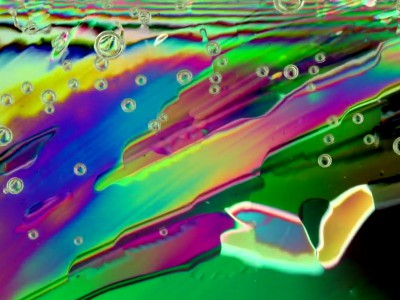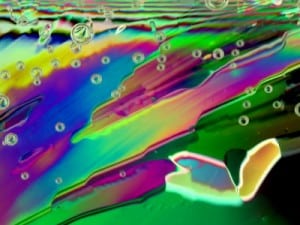Last week, while listening to NPR’s Science Friday, I heard a description of this video, made by sandwiching ice between two polarizing filters, allowing the crystals of ice to manifest color and pattern by the way they bend and refract the light passing through them.
It reminds me of the iTunes visualizer that derives a trippy light show from whatever music is currently playing. Yet this is common, garden-variety ice, not made deliberately to fascinate human beings when we’re bored — what excuse does it have for such beauty?
Sometimes the beauty of the natural world seems to cry out for explanation: who tuned the orbit of the earth so that seasons would work just right? How did something as ridiculous as a duck-billed platypus make it into the world? But at other times — as with the fact that ice can be turned into abstract art — the complexity of the world calls out not for explanation, but delight.
The sheer pointlessness of such beauty suggests, at least to me, that God must delight in it too. Whatever else is true of this world, the Creator has crowded it with beauty, so much so that we keep finding it in places as common as ice, whenever we think to look. (Apparently glaciers make music, too.) Or God has made us capable of finding that beauty in all things: six of one, half-dozen of another. And if we, finding beauty, delight in it and in God, maybe that is the point.
Gerard Manley Hopkins, of course, said it better:
All things counter, original, spare, strange;
Whatever is fickle, freckled (who knows how?)
With swift, slow; sweet, sour; adazzle, dim;
He fathers-forth whose beauty is past change:
Praise him.— from “Pied Beauty”



